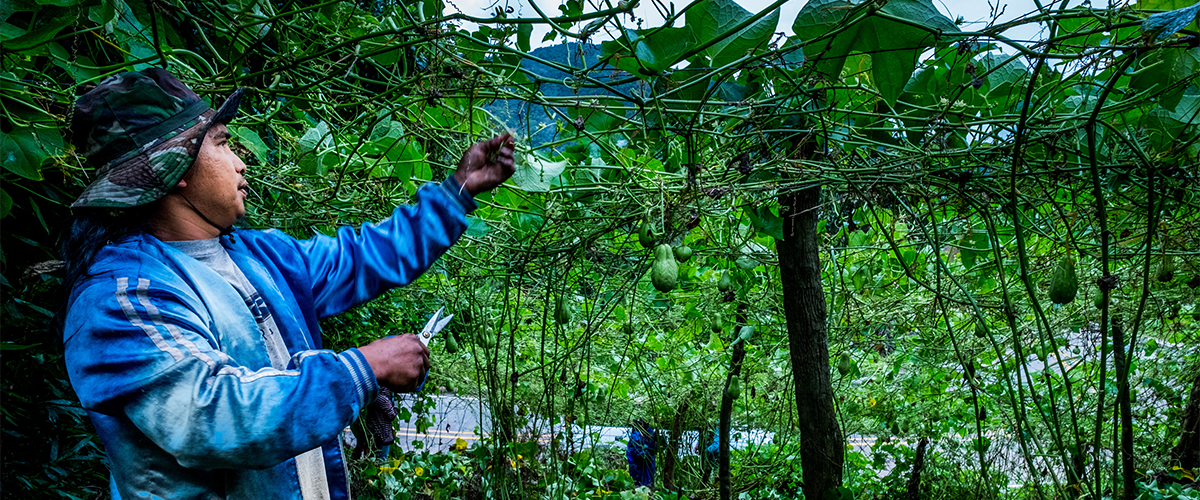Environmental Incentives has woven a focus on outcomes and community involvement into the core of our work. We began with environmental conservation projects in the western United States, first developing incentives for stakeholders to work collectively toward environmental goals. The results have been substantial: Communities in Lake Tahoe exceeded their first milestone on the path to restoring lake clarity, surpassing pollutant targets and building support for this conservation approach.
About 9,000 miles away, Kenya’s Northern Rangelands Trust established the region’s first community-led conservancy in 2004, with support from the United States Agency for International Development (USAID). After initial success, the Trust expanded, and, in 2019, includes 39 conservancies that employ more than 1,000 people, including wildlife rangers and peace ambassadors. The conservancies’ benefits span health, education, livelihoods, conservation, and women’s empowerment. Ten years ago, communities had no involvement in conservation efforts. Now, the communities are committed to their lands and wildlife and are building the capacity needed for self-reliance.
Like USAID, Environmental Incentives champions strategies that help communities manage their complex environmental challenges and prioritize community investment in environmental outcomes. The Agency’s “Journey to Self-Reliance” initiative, which includes sets of commitment and capacity metrics, emphasizes USAID’s own commitment to strengthening partner countries’ ability to shape their futures.
What is a “Journey to Self-Reliance”?
Under Administrator Mark Green, who joined the Agency in 2017, USAID has championed the message that development investments should aim to make foreign aid unnecessary. The journey to self-reliance expands this goal, delineating how USAID strategizes and adapts to support countries’ ability to implement their own solutions to challenges. USAID’s country roadmaps outline seventeen metrics, like “government effectiveness,” “economic gender gap,” and—most relevant to Environmental Incentives—“biodiversity and habitat protections.” Countries receive scores on a scale of 0-1, from least to most advanced. USAID developed the metrics based on existing, public datasets and plans to assess and update the roadmaps annually.
How does the journey to self-reliance build better outcomes for development and the environment?
The journey to self-reliance reorients USAID’s work around fostering stability, resilience, and capacity so countries can go from being USAID recipients, to partners, to donors.
USAID’s capacity and commitment metrics emphasize outcomes, rather than imposing prescribed projects. Similarly, two of Environmental Incentives’ guiding principles are to improve the environment and to create enduring change. As a company, that manifests as a focus on results and designing solutions that adapt to changing needs.
Through the USAID Measuring Impact and, now, Measuring Impact II initiatives, Environmental Incentives has worked to integrate our experience with adaptive management into the Agency’s biodiversity programming. Adaptive management also plays a role in the journey to self-reliance: Essentially, it means monitoring work, evaluating if it is successful, learning from experience and from outside evidence, and, finally, adapting the work to be better. This is also central to USAID’s Program Cycle, a tool staff use to develop and implement activities. The journey to self-reliance roadmaps build adaptive management into USAID’s larger vision, requiring answers to questions like: Where is the country starting from? Do the metrics indicate progress in development priorities? How can country strategies better orient around self-reliance for the most impactful investments and strategic partnerships?
Along with other tools, the country roadmaps will help to develop strategies that better meet countries’ needs and empower countries across all levels—individuals, communities, and governing institutions. By embracing the self-reliance framework, USAID is making a commitment to long-term development progress, and Environmental Incentives is excited to continue supporting this journey.
About the Author
Tiffany Gibert is a Communications Specialist supporting Environmental Incentives’ International Practice Area. She bridges her expertise in storytelling with her passion for international development initiatives that benefit ecosystems, biodiversity, and all members of the global community.



